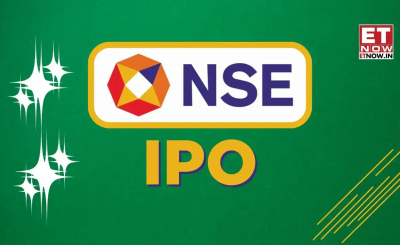Microloans represent a distinctive financial category that operates under fundamentally different principles from conventional bank loans. These compact lending options typically range from $100 to $10,000, specifically designed to address immediate, modest financial requirements rather than major purchases or long-term investments. The streamlined structure makes microloans suitable for short-term cash flow gaps, emergency expenses, or small business operational needs. finance.kz/zaimy/novyy-zaymy has revolutionised microloan accessibility by creating digital pathways to these financial products. The technological infrastructure enables rapid application processing, automated verification systems, and expedited funding timelines that contrast sharply with traditional banking procedures. This digital transformation has expanded financial inclusion to previously underserved population segments while maintaining regulatory compliance through sophisticated backend systems.
Loan size and purposes
Microloans operate within distinctly different parameters from standard bank financing. While traditional loans frequently start at $10,000 and can extend into millions for business or commercial purposes, microloans occupy the opposite end. Their modest amounts reflect their intended purpose: addressing specific, limited financial needs rather than funding major acquisitions or long-term projects. The purpose alignment also differs significantly. Traditional loans typically finance particular assets, such as homes, vehicles, and equipment, with the purchased item often serving as collateral. Microloans generally address operational needs: inventory purchases, payroll gaps, emergency repairs, or seasonal cash flow fluctuations. This operational focus explains their shorter terms and different evaluation criteria from asset-based lending structures.
Approval speed
The timeline disparity between microloans and traditional financing represents one of their most dramatic differences:
- Microloan applications are typically processed within 24 hours, often delivering same-day decisions
- Digital verification systems eliminate manual document review delays
- Automated credit assessment algorithms provide instant preliminary approvals
- Funding typically completes within 1-3 business days after approval
- Application processes remain accessible outside standard banking hours
Traditional financing follows fundamentally different timelines, with mortgage applications averaging 30-45 days from application to closing and standard business loans requiring 2-4 weeks for processing. This extended timeline reflects the comprehensive underwriting procedures, manual verification requirements, and multi-level approval processes integral to conventional lending models.
Documentation requirements
Traditional loans demand extensive documentation packages that frequently include multiple years of tax returns, detailed financial statements, business plans, collateral documentation, and comprehensive credit histories. This substantial paperwork requirement creates significant preparation burdens for applicants while contributing to the extended processing timelines characteristic of conventional financing. Microloans employ streamlined documentation approaches focused on current financial status rather than extensive historical analysis. Most applications require basic identification, recent income verification, active bank account information, and minimal credit history. This concentrated documentation scope enables the accelerated processing essential to microloan functionality while maintaining reasonable risk management standards appropriate to the lower loan amounts.
Repayment structures
Repayment architectures differ substantially between these financing categories. Traditional loans typically extend across years or decades with monthly payment schedules designed to reduce principal while managing interest costs gradually. Mortgage loans commonly span 15-30 years, while business term loans often range from 3-10 years, depending on purpose and amount. Microloan repayment schedules compress this timeline dramatically, typically ranging from 1-18 months depending on loan size and lender policies. Many microloans implement weekly or bi-weekly payment structures rather than monthly schedules, creating smaller, more manageable payment increments. This frequent payment approach reduces default risk while aligning repayment timing with regular income patterns for many borrowers.





